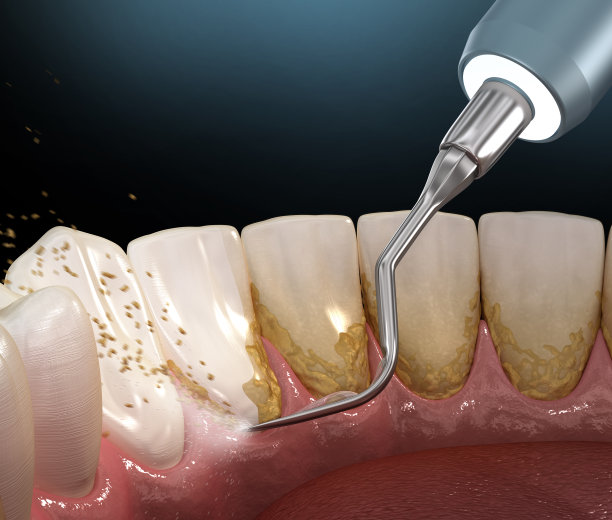Essential Precautions to Ensure a Successful Root Canal Treatment and Patient Safety During the Procedure
Summary: Root canal treatment is a common dental procedure that, when done properly, can rescue a tooth from infection or decay. However, ensuring patient safety and the success of the procedure involves strict adherence to essential precautions. This article highlights four critical aspects: pre-procedural assessments, infection control measures, effective anesthesia administration, and post-treatment care. Each aspect is elaborated upon to underscore the significance of specialized techniques and protocols that contribute to favorable outcomes in root canal treatments while safeguarding patient well-being.
1. Pre-Procedural Assessments and Preparations

Before commencing any dental treatment, conducting meticulous pre-procedural assessments is necessary to ensure patient safety. This step includes reviewing the patient’s medical history, understanding any underlying health conditions, and evaluating current medications. Such evaluations inform the dentist about potential risks and complications, allowing for tailored treatment plans.
Patient communication plays a vital role during the assessment stage. Dentists should engage in open discussions to address patient concerns or anxieties regarding the root canal procedure. This rapport-building establishes trust and enhances patient comfort, facilitating a smoother treatment experience.
Furthermore, dental professionals must conduct a thorough clinical examination, including necessary diagnostic images. Radiographs provide insights into the tooths anatomy, infection extent, and any potential anomalies. This diagnostic phase is essential for devising an effective, individualized treatment strategy.
2. Infection Control Measures During the Procedure
Infection control is paramount in all dental procedures, particularly in root canal treatments, which aim to eliminate bacteria from the infected pulp. Strict adherence to sterilization protocols is a non-negotiable aspect. Dental instruments should be sterilized before and after use, while disposable items must be employed whenever possible to eliminate cross-contamination risks.
During root canal procedures, the dentist should utilize a rubber dam. This device isolates the tooth being treated, enhancing visibility and access while minimizing the chance of contamination from saliva. Additionally, maintaining a dry working field reduces the risk of secondary infection.
Furthermore, using appropriate antiseptic solutions during the procedure ensures that any microbial presence is significantly reduced. The dentist should apply these solutions to all surfaces, including the tooth and surrounding areas, to enhance the success rate of the treatment.
3. Effective Anesthesia Administration
Managing patient discomfort during root canal treatment is crucial for a successful procedure. Administering effective anesthesia is an essential precaution. Dentists should carefully select the type of anesthetic, considering the patient’s medical history and preferences. Local anesthesia is typically employed to numb the area, ensuring that patients remain comfortable throughout the procedure.
Before administering anesthesia, it’s essential to discuss potential side effects and allergic reactions with the patient. This transparency not only informs the patient but also contributes to a sense of calm during the process. Proper technique in anesthesia injection aims to minimize discomfort and ensure effective pain management.
Moreover, monitoring the patient’s response to anesthesia during the procedure is vital. Dentists must remain vigilant and ready to adjust dosage if the patient exhibits signs of discomfort or anxiety. This proactive approach helps maintain a positive experience for patients undergoing root canal treatment.
4. Comprehensive Post-Treatment Care and Follow-Up
The conclusion of a root canal procedure does not signify the end of patient care; rather, it marks the beginning of a crucial follow-up phase. Providing patients with clear, comprehensive post-treatment instructions is essential for optimal healing. This includes advising on pain management, oral hygiene practices, and dietary restrictions to avoid complications.
Additionally, scheduling follow-up appointments allows the dentist to monitor the healing process and address any emerging concerns promptly. Regular check-ups ensure that any potential issues, such as infection or gradual tooth damage, are caught early and managed effectively.
Educating patients about warning signs to look out for post-treatment can significantly improve outcomes. Signs such as prolonged pain, swelling, or any changes in oral health demand immediate attention, underscoring the importance of ongoing patient engagement after the procedure.
Summary:
In conclusion, ensuring a successful root canal treatment while prioritizing patient safety involves a multifaceted approach governed by pre-procedural assessments, infection control measures, effective anesthesia, and diligent post-treatment care. Implementing these essential precautions can substantially improve the patient experience and treatment outcomes, fostering trust and satisfaction.
This article is compiled by Vickong Dental and the content is for reference only.



